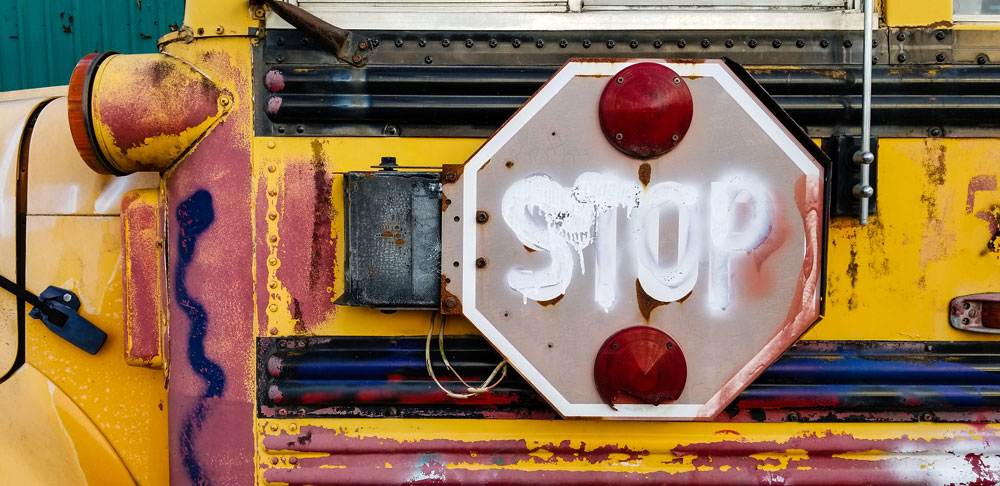
July 11, 2020; New York Times
A document from the Centers for Disease Control and Prevention (CDC) marked for “internal use only” that details states’ plans for reopening public schools and universities was released by the New York Times this past weekend. The document warns that those schools that plan a “full reopening” are at highest risk for spreading SARS-CoV-2 and demonstrates the lack of consistency in K-12 mitigation plans.
Experts all over the world have asserted that the best way of containing the coronavirus pandemic is threefold: social distancing, protection, and tracing. However, these guidelines are only as good as a community is able and willing to implement them. That willingness, as we have seen prominently in several countries, correlates directly to a central government’s guidance and efforts to educate the public on how to curb the pandemic. It is no coincidence that countries like the US, Brazil, India, and Russia, with the highest incidence of COVID-19, also have authoritarian heads of state that have cracked down on critics of their unreliable response to the pandemic.
Locally, in the United States, local governments that forced an early opening of the “economy” and disregarded world experts’ advice for strict containment have seen a daunting surge of COVID-19 cases that are stressing health facilities to the limit. Now these same states are scrambling to figure out how to bring kids back to school safely with limited planning and absent funds.
CDC’s internal report shows a scattered response among different school districts that do not necessarily follow the three basic premises of social distancing, protection, and tracing. What does that mean for schools? In essence, and at a minimum:
- “Provide a hybrid reopening plan that allows for schools to quickly adapt between in-person classes and distance education adaptive learning.”
- “Rearrange physical spaces to provide appropriate physical distancing among the students, while enforcing the use of masks whenever possible, particularly in enclosed spaces.”
- “Improve ventilation for closed spaces and provide outside learning opportunities whenever possible.”
- “Create small cohorts of 15-20 students and teachers to minimize close contact among large groups and allow for schools to trace COVID-19 cases, and in the case of those testing positive, pull that cohort for a 14-day isolation. This would allow schools to avoid overall spread and shutdowns.”
- “Improve hygiene practices both among students and of all facilities used by students and teachers.”
These basic steps have proven effective in other countries, but they depend on access to public information (and funds) and how the outbreak has been handled at the greater community level. That is, it is no longer possible for the United States to look at examples like Denmark and Finland, where the reopening of schools has proven successful but never saw the levels of COVID-19 spread we are seeing locally. With 7,294 confirmed cases in Finland and 12,946 cases in Denmark, it is simply unrealistic to think that reopening schools in Miami, Florida, with 60,868 confirmed cases, is feasible without aggressive testing, contact tracing, and economic support for masks, face shields, increased hygiene, hand sanitizers, access to technology, and so on.
Sign up for our free newsletters
Subscribe to NPQ's newsletters to have our top stories delivered directly to your inbox.
By signing up, you agree to our privacy policy and terms of use, and to receive messages from NPQ and our partners.
States like Massachusetts, according to CDC’s internal report, show a consistent plan of action that includes not only guidelines but a plan to foot the bill, with an additional $202 million for school reopening support plus $25 million for distance learning technology grants. These funds are expected to be spent and will be reassessed by January 2021.
An effective reopening of schools will highly depend on how well schools and parents monitor their children’s health and keep kids presenting COVID-like symptoms at home, but economic disparities will make this increasingly difficult for those parents who can’t work remotely, nor afford to stay home for extended periods of time, at the risk of losing their jobs.
In Texas, childcare facilities have already seen a surge in COVID-19 cases. As of last Thursday, cases were close to 1,800, a 759-percent increase since June 15th, including 1,207 staff infected and 592 children, according to a KVUE-TV news report. The Texas Health and Human Services Commission had repealed emergency rules for day-care facilities on June 12th, only to bring them back two weeks later, but are proving little detailed information to know the true extent of viral infection.
The research of how SARS-CoV-2 affects children is still being studied and early symptoms seem to be more closely tied to inflammatory syndrome, which could include fever, vomiting, diarrhea, skin rash, swelling of hands and feet, among others. The long-term effects and severity of the cases are still being evaluated, but older kids seem to be at higher risk than younger ones, and preliminary reports from Europe are showing scarring in the lungs for people who recovered from intensive care.
Sadly, a reopening of school facilities might just prove impossible in states or counties with highest risks of contagion, as the CDC warns that “the more an individual interacts with others, and the longer that interaction, the higher the risk of COVID-19 spread.” This will undoubtedly generate higher educational disparities among the most vulnerable groups.—Sofia Jarrin-Thomas













